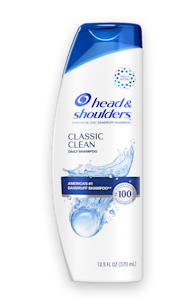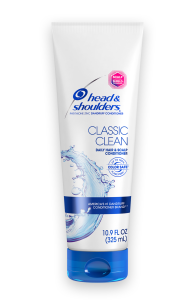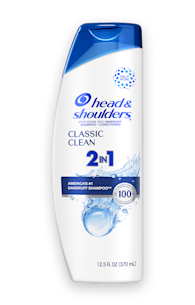HOW TO RECYCLE SHAMPOO BOTTLES

Squeezed your Head & Shoulders bottle for every last drop and now you’re ready to recycle? Right this way for the ‘how to’ on Head & Shoulders plastic bottle recycling…
Recycling bathroom products
Whether you’re new to the recycling scene or a kitchen goods recycling veteran, when it comes to bathroom goods, it can get a little tricky.
From aerosols to your toilet roll dispenser and every cotton bud in between. Bin or recycling?
While recycling food packaging and kitchen products might be more commonplace in households nowadays, how are you at navigating through those bathroom products at end of life?
If shampoo bottles fall into the unknown for you, this step-by-step guide will make sure you’re putting each element in its rightful place so you can tell your friends you have packaging separation down to a fine art.
How to recycle shampoo bottles in 3 easy steps
Head & Shoulders bottles are made with HDPE, a material purposefully chosen because it’s easy to recycle. But while all our Head & Shoulders bottles (except the caps, lids & pumps) are recyclable, it’s not as simple as just tossing the empty bottle in the recycling bin.
Instead, there are a few steps you’ll need to follow to make recycling shampoo bottles possible…
1. First: Make sure it’s possible for the HDPE bottle to be recycled as intended. So, start by sorting all white bottles, as these can be recycled (think white milk bottles). We’re working on making our blue bottles, caps and pumps recyclable by 2030 or sooner.
2. Next, remove the sleeve from the white HDPE bottle as this can’t be recycled.
3. Finally, give the bottle a good rinse to remove any shampoo left in the bottle or around in the bottom.




